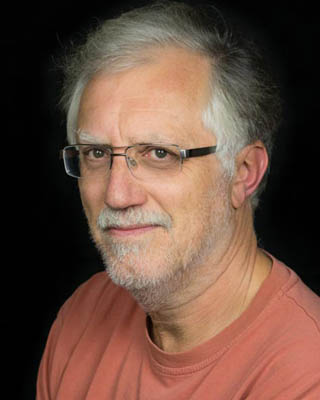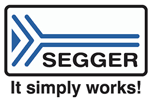Home > On-Demand Archives > Theatre Talks >
Power Management in Embedded Systems
Colin Walls - Watch Now - EOC 2023 - Duration: 28:47

The importance of power management in today’s embedded designs has been steadily growing as an increasing number of battery powered devices are developed. Often power optimizations are left to the very end of the project cycle, almost as an afterthought. In this session we will discuss design considerations that should be made when starting a new power sensitive embedded design, which include choosing the hardware with desired capabilities, defining a hardware architecture that will allow software to dynamically control power consumption, defining appropriate power usage profiles, making the appropriate choice of an operating system and drivers, choosing measurable power goals and providing these goals to the software development team to track throughout the development process.
Design of a successful, viable product is a subtle combination of technical/engineering decisions and business considerations.
Great presentation, Colin; thank you for the information. Coming from an EE and hardware background, I've always considered power consumption, even for mains-powered devices, but I've also gotten a lot of discouragement from managers and other engineers that don't think it's an important thing to consider. I've struggled to state my case effectively, but I think the way you've presented the power use data would be a great way to show why this matters and is a valuable use of my time.
Thanks!
Thanks for your presentation, Collin. I enjoyed it. I've developed many low-power embedded applications over the years as well, and am also now 'retired'. My most recent project was a medical implantable device, one which remained in sleep mode 99+ percent of the time, and averaged 22uA. However, when it was providing its therapy, current could go up to 250 mA.
For measuring power over the long term, as well as for profiling the power, I found the Joulescope to be an indispensable tool. It paid for itself within the first week by helping me more clearly see the power profile in real time. I also conducted many charge/discharge measurements with it. I'm not associated with the company, but love to tell people about it because once you use it, you will be hooked. I wish it had been invented sooner, because I only got to use it on my last project. I still have my own at home, though, in case I get the itch again!
Thanks for the info.
Hello Collin, thanks for your interesting lecture. I was involved in developing an ultra low power device that should operate up to 5 years with a single CR2032 battery (in the end we didn't manage it and needed to upgrade to slightly bigger battery). I fully agree that power management needs to be taken into account from the very early time of the project up to the end. Also continuously measuring power consumption is crucial for success.
Make sure you watch Jack Ganssle's session, Erwin. He provides a great deal of practical advise and describes issues many people overlook when designing low-power systems. He specifically focuses on the CR2032.
Thanks for endorsing my advice. I am glad you found the talk interesting.
Thank you, Colin, for this intersting talk. For the future I hope to learn more on "hands-on" energy saving tips, like the simple "Wait for Event", "Wait for Interrupt" instructions, the STM32CubeMX power consumption profile usage, low power modes in detail or may be there are tools to track down energy holes.
Enjoyed your session, gave the clear understanding why not only hardware but also software designs falls under accountability of power management. Thanks !
Thanks!
Love the presentation, this is the most extensive one I've seen on the topic. Would love to see a follow up with a use case where you apply all these concepts, end to end. For future presentations, please try to not leave your mouse cursor from the screen, I know, this is a minor detail but after noticing it, my OCD took half of my attention away.
Thanks for the presentation tip. It's an odd thing. Sometimes the mouse pointer seems to be captured and sometimes it isn't. When I do want to point to something, it tends to be invisible! :-)
Colin, I really enjoyed your talk. I'm curious in particular about carrying out measurement and testing of particular drivers to ensure that they meet power requirements. Repeating a power up/down procedure 100,000 times for a particular driver like you mentioned for the Wi-Fi driver is a lot of work so I'd expect an automated setup for collecting power data would be critical. Do you have experience setting up that kind of test, and if so could you describe what that looks like with all the tooling involved?
I am glad that you enjoyed the talk.
I would anticipate such testing being done using hardware/software simulation tools, which include the necessary scripting capabilities.























Succinct but comprehensive ... if only the development process was likewise! Understandable also why battery chemistries (both primary and secondary) continue to evolve in their attempt to satisfy more and more use cases. Power source choice i.e. battery type is an extensive area in its own right let alone the power circuitry requirements i.e. enter stage left … the Intelligent battery charger.
Ultimately, so many design decisions simply come down to price-points … that’s business, not Engineering!